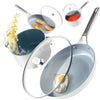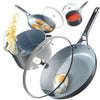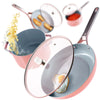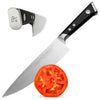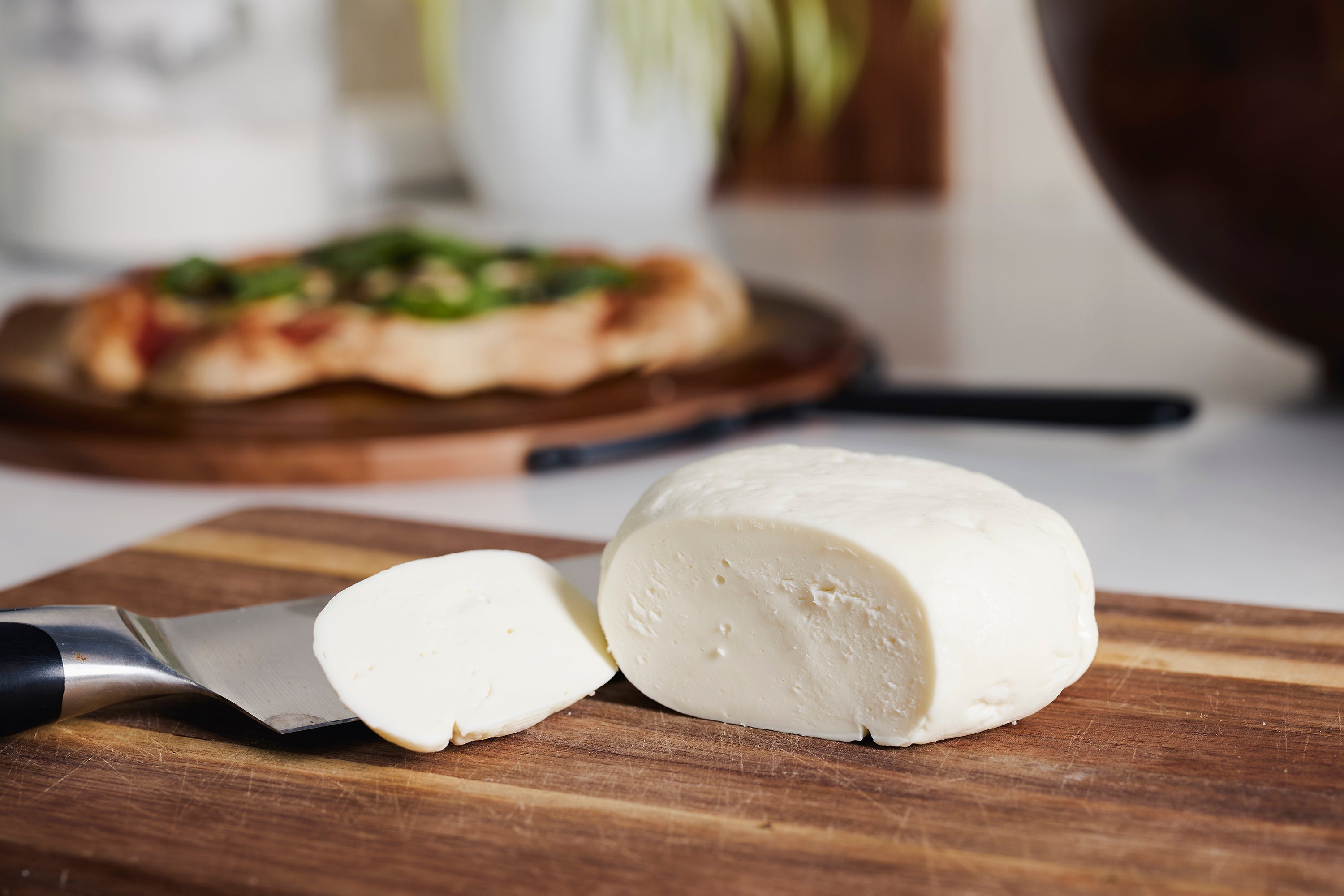
Who knew making fresh mozzarella at home could be so easy? With just four ingredients and a bit of kitchen magic, you’ll have creamy, stretchy mozzarella ready to enjoy.
1. Heat the Milk
Start by pouring the milk into a large pot over medium heat. Gently stir as it warms, and keep a close eye on the temperature. Once the milk reaches 115°F, turn off the heat.
2. Add the Vinegar and Rest
Stir in the vinegar—the milk will begin to separate into curds and whey. Cover the pot and let it rest for 5 minutes to let the curds fully form.
3. Separate Curds and Whey
Using a slotted spoon, scoop out the curds and transfer them to a bowl. Squeeze out any remaining whey (but don’t go overboard—you still want the curds to be slightly moist).
4. Heat the Curds
Place the curds in a strainer and quickly dunk them into hot whey until the cheese reaches 160°F. This method ensures even heating without drying out the cheese, making it perfectly stretchy for mozzarella. You can also sprinkle a little sea salt in the whey to flavor the cheese.
5. Add Salt and Stretch
Begin stretching and kneading the curds like dough. Knead for a few minutes until the cheese is smooth, elastic, and shiny.
6. Shape and Cool
Shape the mozzarella into a ball, then submerge it in a bowl of cool water with ice. Let it sit for 5 minutes to firm up and lock in the shape.
7. Dry and Enjoy
Pat the mozzarella ball dry and enjoy it immediately for the freshest flavor. If you’re saving it for later, store it in the fridge in an airtight container—it’ll stay fresh for up to 1 week.










